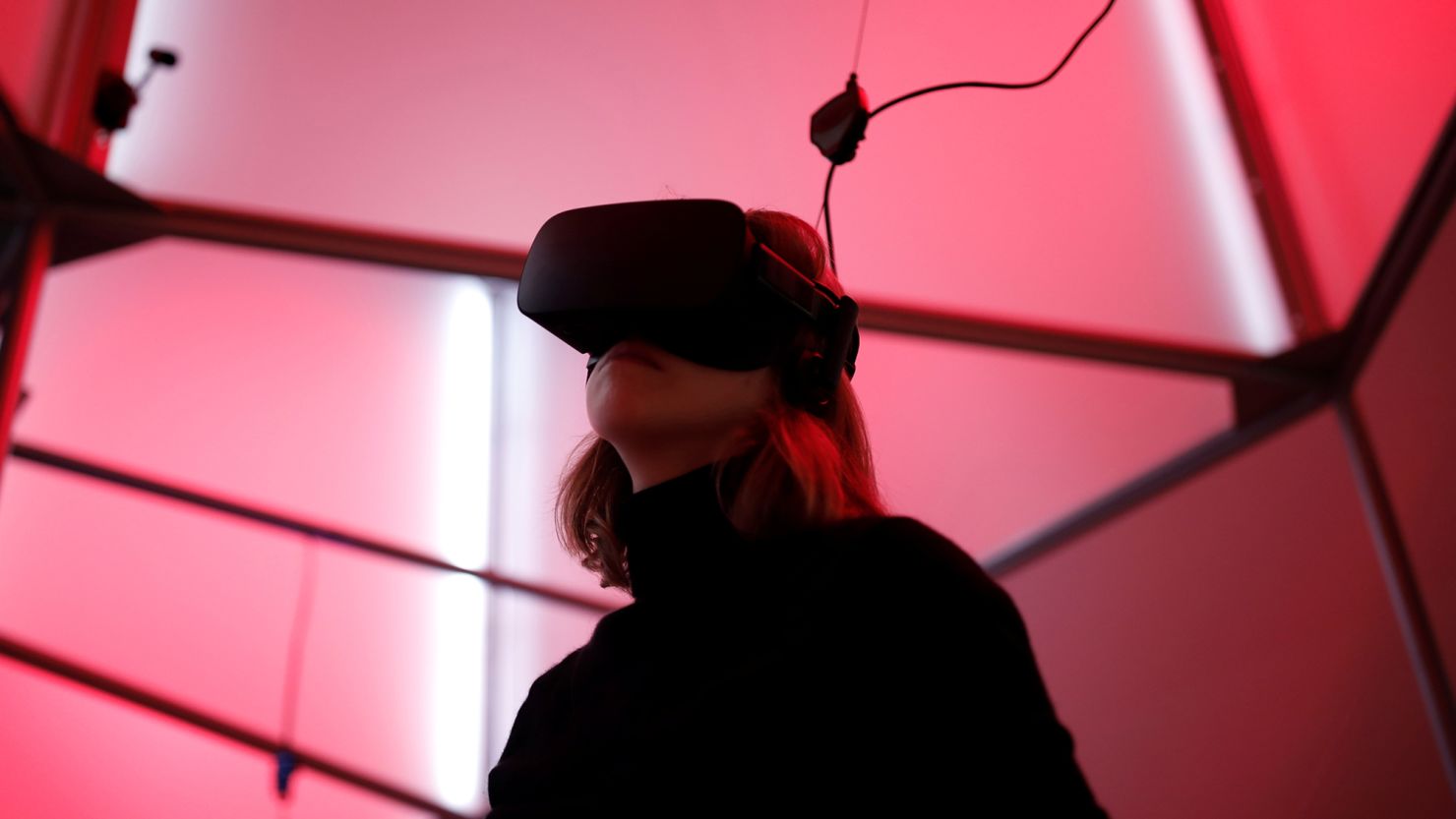Tech Giants Push for Virtual Reality’s Long-Awaited Breakthrough

Virtual reality (VR) has long been heralded as the future of entertainment, a vision first ignited by the launch of the Oculus Rift nearly a decade ago. As of 2025, the anticipated revolution has yet to fully materialize, but significant momentum is building. Major players in the tech and entertainment sectors are now increasingly optimistic that a breakthrough is imminent.
Recent developments suggest that the industry is finally aligning to deliver on VR’s promise. According to The Wall Street Journal, Meta is negotiating with prominent entertainment companies, including Disney and A24, to create immersive content specifically for its Quest VR headsets. In a notable move, Apple announced an update to its Vision Pro headset in June, allowing users to share content and experience films together in 3-D. Earlier this year, Apple also launched an immersive concert featuring Metallica and is preparing its first performance upgrade for the Vision Pro, signaling a commitment to enhancing user experiences.
Despite these advancements, the VR industry faces a significant challenge known as the chicken-and-egg paradox. Over the past ten years, while headset manufacturers have developed lighter and more powerful devices, widespread adoption remains elusive. To attract high-quality content, VR technology must achieve mass market penetration. Conversely, content creators are hesitant to invest in VR until they see a substantial user base.
Sarah Malkin, director of entertainment content for Meta’s VR division, Reality Labs, believes the cycle is beginning to break. “I think the ‘it moment’ is when you are regularly engaging in experiences in mixed reality that are super complementary and part of your integrated life,” she shared with CNN. “To me, that’s already happening.”
Market data from IDC shows that global shipments of augmented reality (AR) and VR headsets rose by approximately 10% in 2024, reaching 7.5 million units, while sales in the US surged nearly 30.8% to 3.4 million units. Although IDC predicts a decline in shipments this year due to postponed product launches, a rebound is expected in 2026, with a projected 98.5% increase to 11.3 million units.
Despite the promising statistics, the financial outcomes for many companies have not always aligned with expectations. Mark Zuckerberg‘s ambitious Metaverse initiative has cost Meta an estimated $46 billion over three years, with Reality Labs posting a significant operating loss of $4.2 billion and only $412 million in sales during the first quarter, a decline from the previous quarter.
Nevertheless, tech giants remain committed to exploring the potential of VR. Meta has invested $3.5 billion in eyewear manufacturer EssilorLuxottica SA to enhance its AI spectacle offerings. Meanwhile, Snap has announced plans to launch new augmented reality spectacles next year, and Google is collaborating with partners like Xreal and Samsung to develop headsets running on its new Android XR software. Samsung is set to be among the first to unveil a device under its upcoming Project Moohan initiative.
With improved hardware and an expanding content library, industry experts concur that broader adoption of VR technology is essential. Bertrand Nepveu, a former Vision Pro contributor and partner at Triptyq Capital, emphasized the importance of investment in achieving critical mass. “It’s still early, but there’s no technical limitation right now; it’s more (that) we need people to invest because you need a critical mass,” he noted.
The challenge of delivering compelling content remains a significant hurdle for the VR industry. While filmmakers like James Cameron and Sabrina Carpenter are beginning to explore the medium, immersive storytelling has yet to achieve widespread popularity. Industry consultant and advisor Jenna Seiden argues that studios must adapt their approach: “You can’t just take the flat version of what you put on Disney+ or Netflix or Amazon, and just throw that up. You need to build natively so the audience is going to have a different experience per platform.”
Exclusivity may serve as a critical strategy for media companies looking to grow audiences in the VR space. Seiden points out that platforms like HBO Max and Apple TV+ cultivated their audiences through exclusive content, a model that could effectively translate to immersive platforms. Live virtual sports events, in particular, present an accessible entry point for audiences, as Paul Raphaël, co-founder of Felix & Paul, explains. “You already have quite a few events and sports being broadcast, whether it’s live or asynchronous,” he said, highlighting the straightforward path for content creation as the audience expands.
For Hollywood, the emergence of a new distribution platform comes at a critical juncture. The entertainment industry is grappling with the challenges posed by streaming, the decline of traditional cable, and the post-COVID landscape. The introduction of immersive platforms could provide a novel revenue stream, especially as the industry seeks to adapt to significant changes.
As investment in VR has lagged behind other innovations, such as AI and autonomous vehicles, the funding landscape has fluctuated. Data from Crunchbase indicates that investment in AI has increased dramatically, from $39.96 billion in 2019 to an estimated $105.36 billion by 2025. In contrast, XR funding peaked at $4.087 billion in 2021 but has since dropped to $347.69 million by 2025. The number of global VR deals has also decreased in recent years, with PitchBook reporting that 2019 was the peak year for such deals.
While some industry players express optimism about the future of VR, challenges remain. Nepveu notes that as the understanding of AI matures, investments are beginning to flow back into XR. Yet, convincing consumers to invest in VR headsets remains a daunting task. Apple has positioned the Vision Pro as a spatial computing tool, emphasizing its productivity applications alongside entertainment capabilities.
Despite the ongoing challenges, industry experts diverge on when VR will achieve its breakthrough moment. Nepveu believes it could happen imminently, while Raphaël anticipates a timeline of one to two years. Jack Davis, co-founder of CryptTV, suggests a timeframe of three to seven years, while Seiden estimates five to ten years.
Raphaël poignantly observes that traditional 2-D content may soon feel outdated, akin to the era of black-and-white films. “Content, the way it is consumed today, is going to be much like we think of black and white movies, where, if a film isn’t immersive, it doesn’t lose its value, but it becomes something of another era,” he said, underscoring the transformative potential of immersive storytelling in the future of entertainment.






